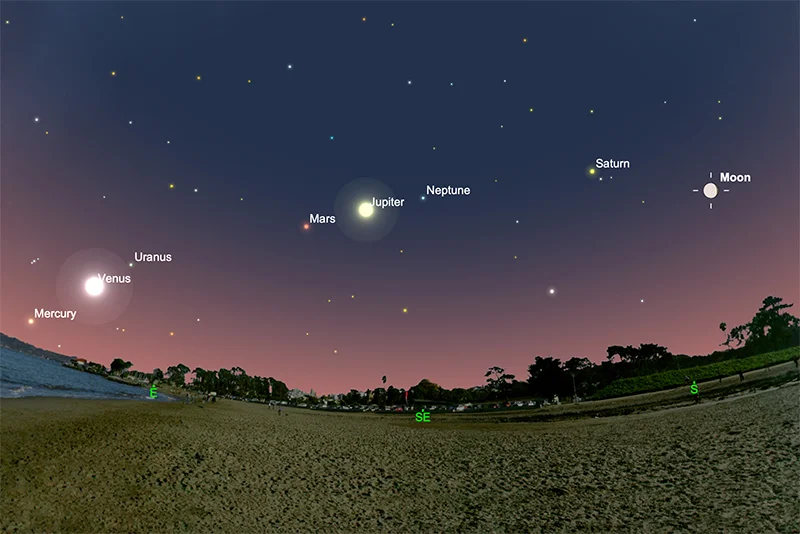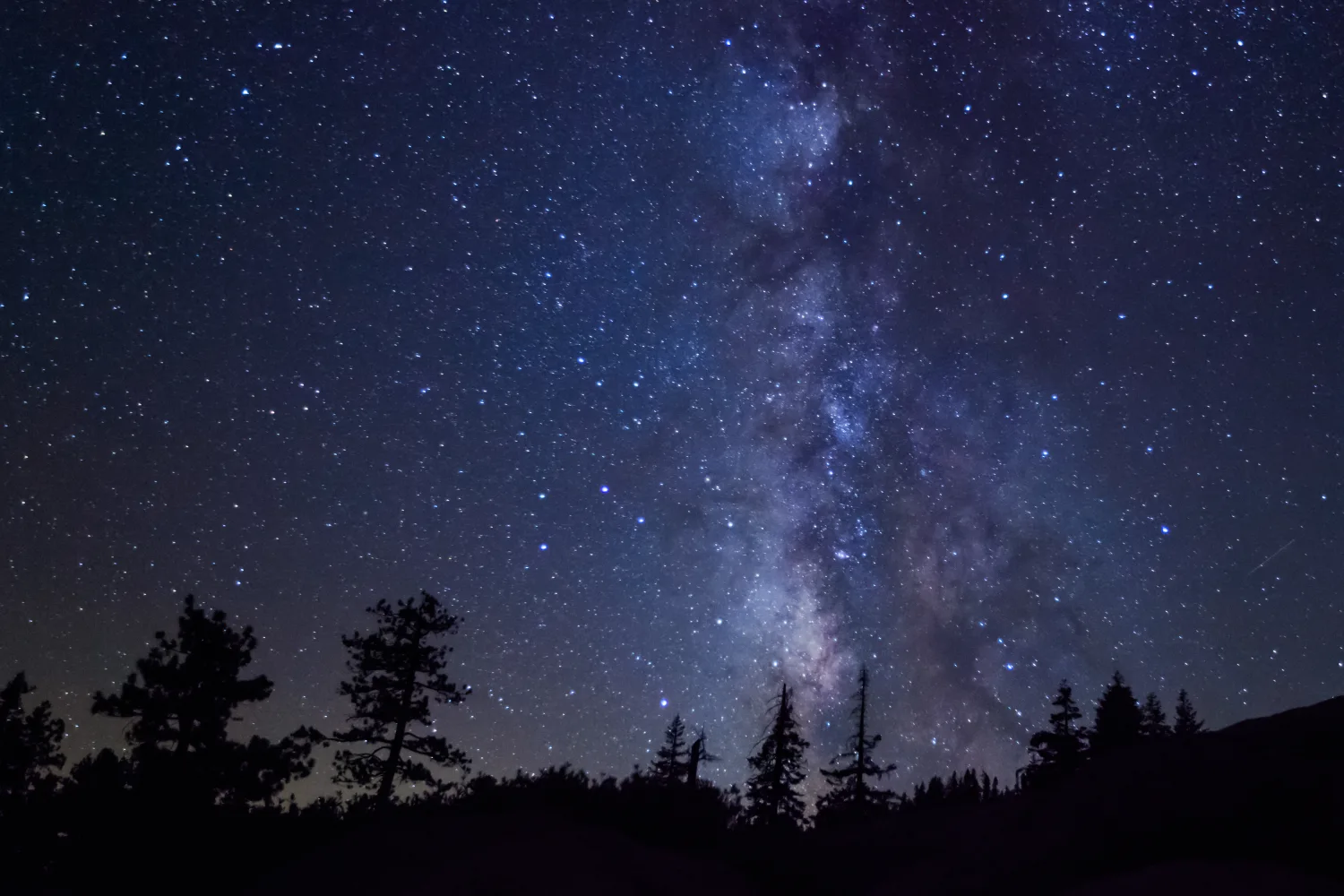A stunning planetary event is set to unfold by the end of January, as at least six planets in our solar system—Venus, Jupiter, Mars, Saturn, Neptune, and Uranus—will align in the night sky, according to the Space and Upper Atmosphere Research Commission (Suparco).
In a recent statement, a Suparco spokesperson revealed that the “spectacular planetary parade” will take place next week, offering a breathtaking celestial display. Venus, Jupiter, Mars, and Saturn will be visible to the naked eye, while Neptune and Uranus will require the aid of a telescope for observation.
The spokesperson also noted that another exciting event, a “rare seven-planet parade,” is expected to begin in late February, with the planets appearing in a straight line from Earth’s perspective. The phenomenon promises to create a remarkable sight as the planets “march together across the heavens,” despite being millions of miles apart.
A Rare Celestial Display
This planetary alignment has garnered attention on social media, with many posts claiming that this event occurs “once in 396 billion years.” However, experts caution that planetary alignments are not rare occurrences. While they are spectacular to witness, they are a regular part of the movement of the planets in our solar system.

According to Forbes, such alignments are common and should not be mistaken for an extraordinary event. While the alignment of the planets in a straight line may appear exceptional, it is simply a result of the positions of the planets in their orbits around the Sun.
What is a Planet Parade?
A “planet parade” refers to the visible alignment of multiple planets in the night sky. Although Uranus and Neptune are typically too small to be seen with the naked eye, during such events, they become visible through telescopes. The term “planet parade” continues to be used due to the bright visibility of planets like Jupiter, Venus, and Mars.
Is This an Alignment?
While the planets may appear to be in alignment from Earth’s perspective, they are not truly “aligned” in a precise sense. The planets in our solar system orbit the Sun in near-circular paths, which means that alignments, while visually striking, are a regular phenomenon. The planets are simply moving along the ecliptic plane, which is the path the Sun appears to follow across the sky.
This alignment is not a rare event but rather part of the natural movement of the planets. The visibility of planets depends on their position relative to the Sun. Some planets are visible at night because they are farther from the Sun, while others are hidden in the Sun’s glare when they are closer.
How to View the Planet Parade
If you’re eager to witness the planetary parade, keep your eyes peeled on the night sky as the event unfolds later this month. With four planets visible to the naked eye and two requiring a telescope, this is a rare opportunity to see multiple planets at once. This “planet parade” will not only be a beautiful sight but also an excellent reminder of the wonders of our solar system.




